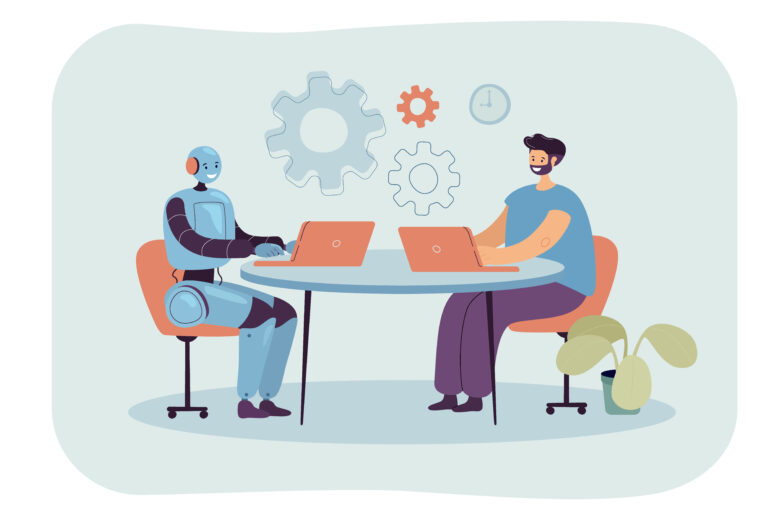How Generative AI Is Transforming the Global Workplace
Generative AI is the new tech rave across global workplaces. From marketing to healthcare, the conversations around how assistive tools like ChatGPT and DALL-E can reinvent how humans work show no signs of slowing down. The most revolutionary features of these tools are their creative abilities. Before the invention of generative AI, creativity was often considered a unique human trait that computers could not mimic. However, machines can now produce original text, audio, and video content based on user prompts.
Every facet of human work requiring creative input can now be automated or assisted using generative AI. Some sectors implementing these tools could be heavily transformed, including programming, marketing, sales, and architecture.
Already, AI adoption rates across businesses are on the rise. According to the statistics, 30% of consulting professionals have used AI to streamline work-related tasks. Among marketing and advertising professionals, the adoption rate rises to 37%.
Interestingly, studies also show that by 2025, enterprises will leverage generative AI for 30% of outbound marketing messages. As AI becomes a core part of work processes across global workspaces, what effects can we expect from its implementation? We answer this question in this article.
Generative AI in the Workplace: Effects and Expectations
Generative AI adoption will cut across diverse industries, with unexpected transformations in several sectors. For example, there have been conversations around leveraging generative AI models for drug design and development.
It’s also possible for attorneys to use assistive AI tools to draft legal documents and review contracts. In a nutshell, the possibilities are limitless. As we adopt AI across different facets of human work, some positive effects we’ll likely see include the following:
1. Reduced Economic Costs With High-quality Results
Most existing generative AI tools are currently free/low-cost, and they’re also effortless to use. All that’s needed to get top-notch text or graphic results from these AI models are user-generated prompts.
In other words, with a simple command, you can generate high-quality content that would have required experts to leverage high-end hardware, in-depth research, and complex processes.
By using these tools, businesses can save money on costly hardware and complicated research procedures while still having the same or even better results in less time.
2. Time-saving and Improved Organizational Productivity
As we’ve earlier stated, generative AI can deliver better creative results in less time than individuals and corporate teams.
With these tools, you can automate several administrative, marketing, and sales tasks in your company, freeing up time for your teams to focus on more complex and productive projects.
Of course, your business cannot automate all tasks using AI. Some functions require AI to assist your staff rather than tackle the project independently. You’ll also need humans to fine-tune some of the results from generative AI models.
However, whether AI handles tasks independently or assists your employees, it guarantees faster results and frees up time to take on new ventures.
How You Can Approach Generative AI for Your Firm
Generative AI can streamline your brand’s processes and deliver high-quality results with less money and time. However, before jumping head-first into AI implementation, you must evaluate the facets of your business that can benefit from these tools.
Next, you must train your staff to use these tools efficiently and responsibly. Most generative AI tools work with others. They typically require human assistance via prompts.
Furthermore, as shown multiple times by ChatGPT, generative AI isn’t error-free. As such, you’ll need a human element to crosscheck and fine-tune its results.
In summary, training your staff on the technical and responsible use of these AI models is the most critical aspect of the integration process.


Comments are closed.